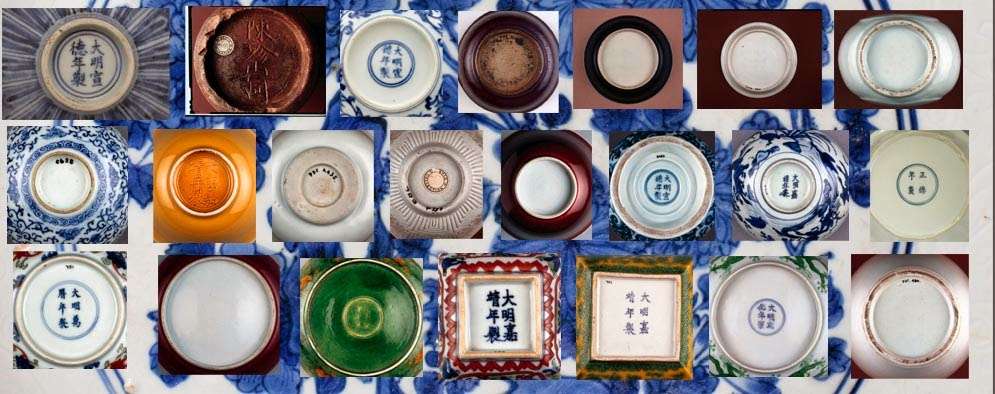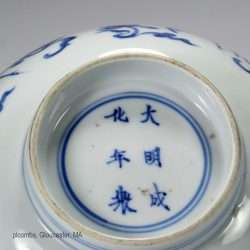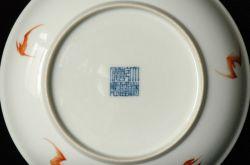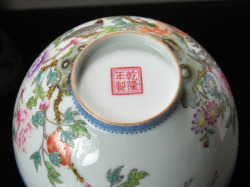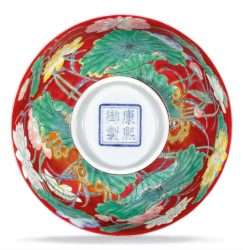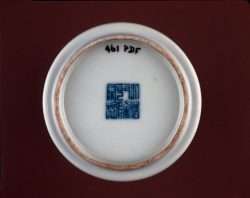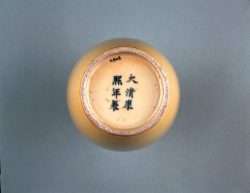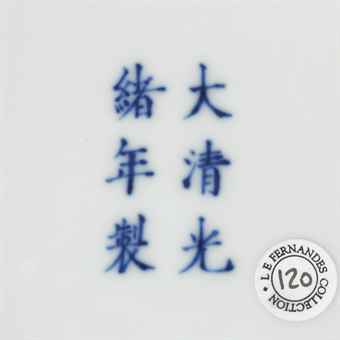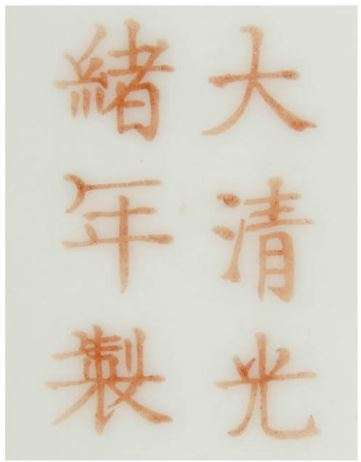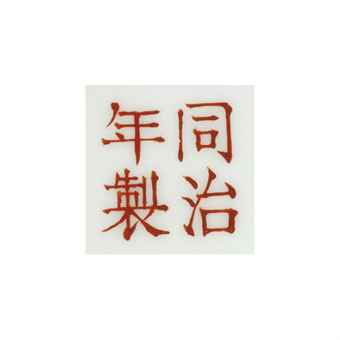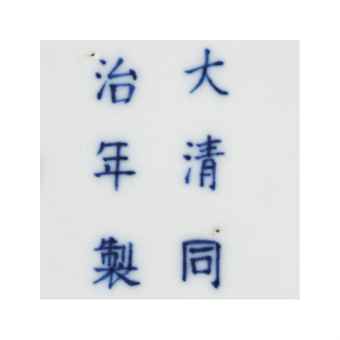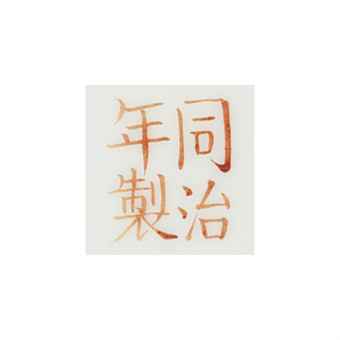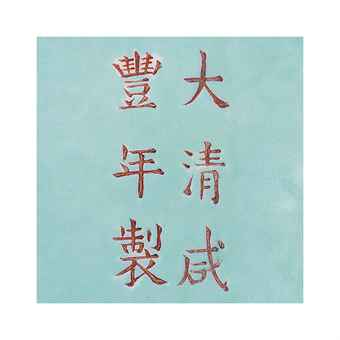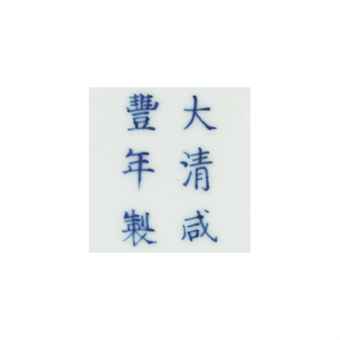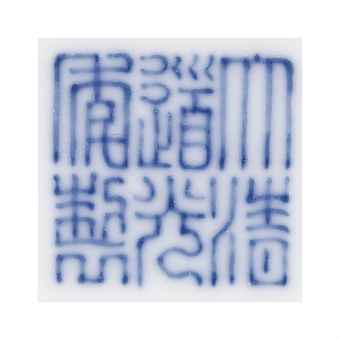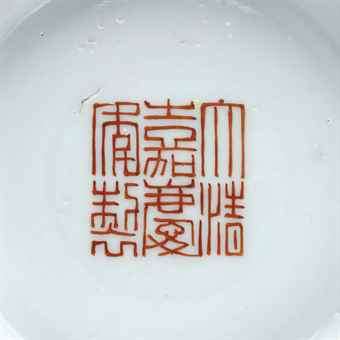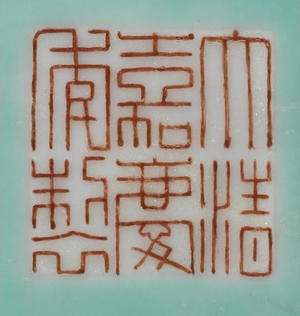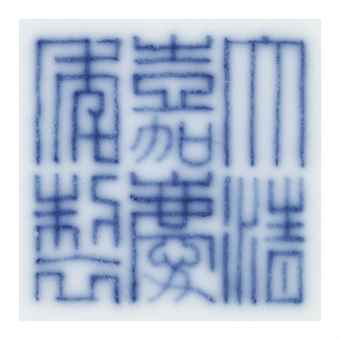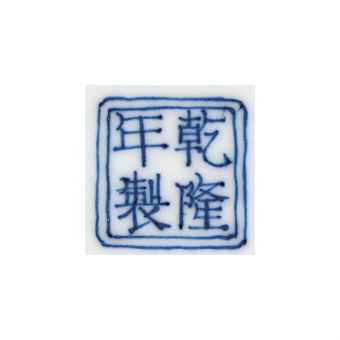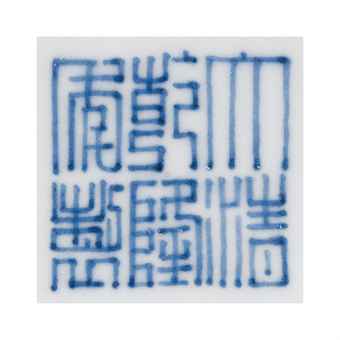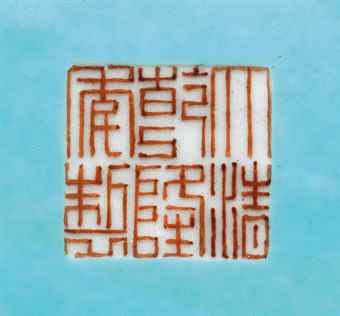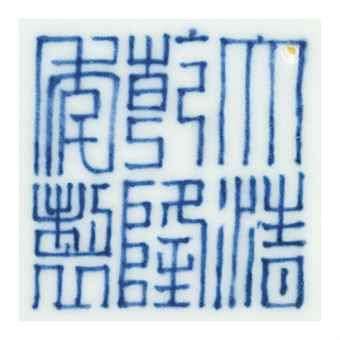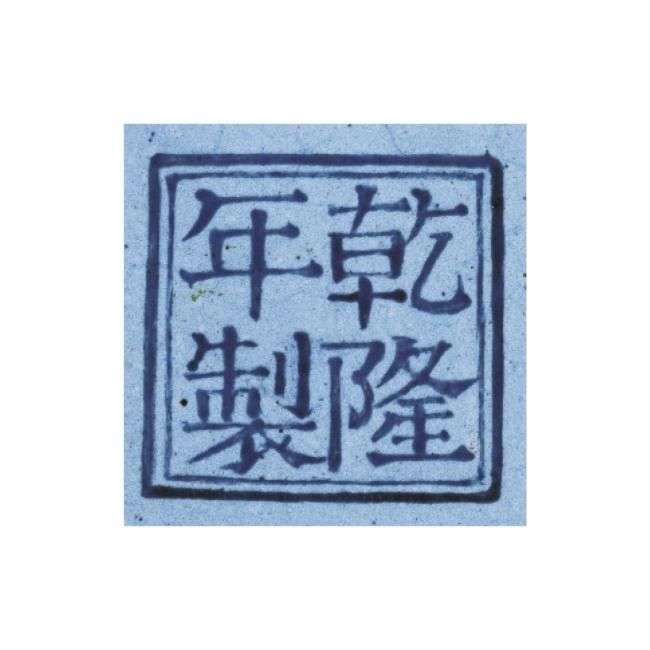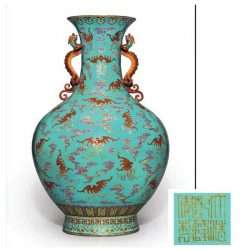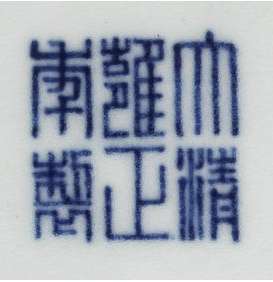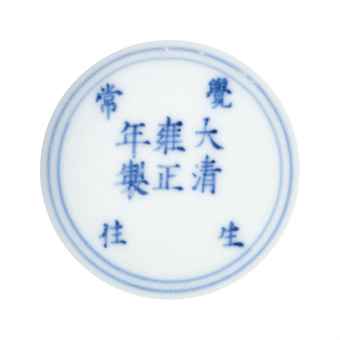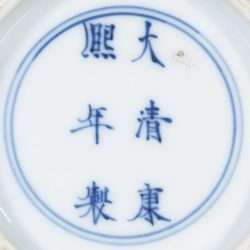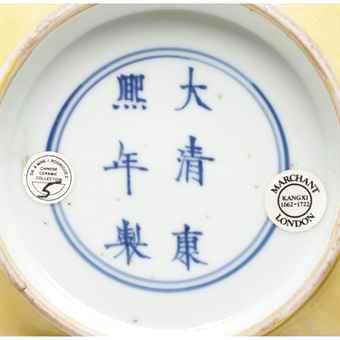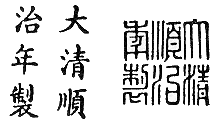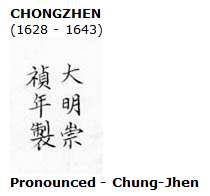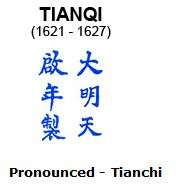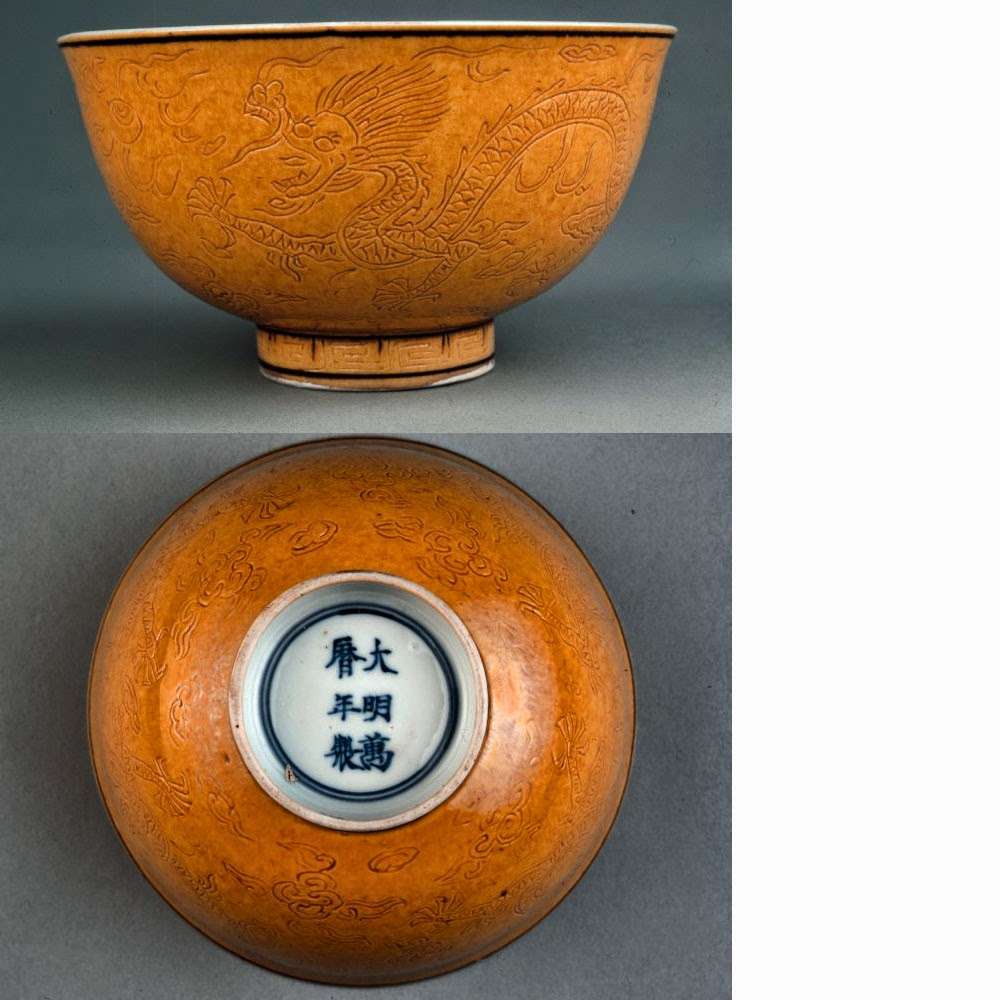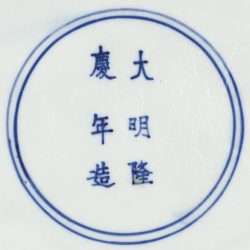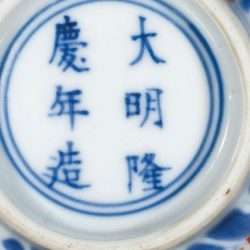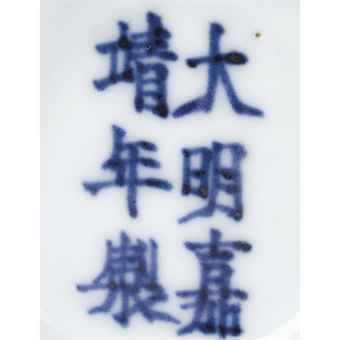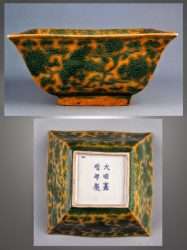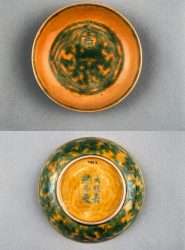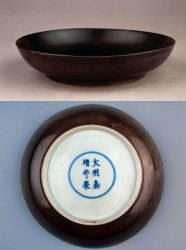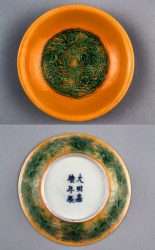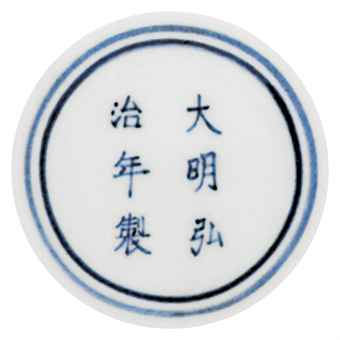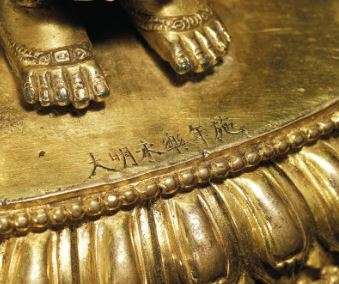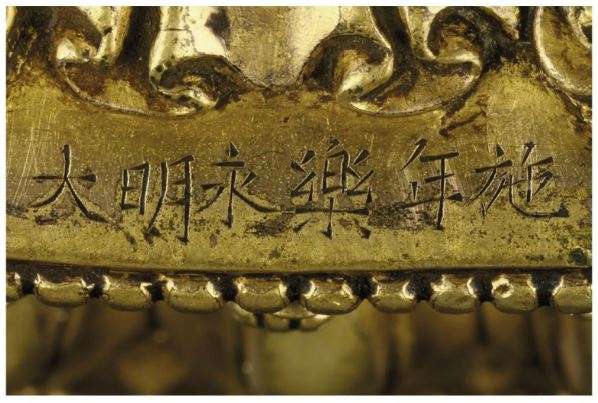Chinese Porcelain Reign Marks and Authenticity, An Introduction To Seals
Chinese Reign Marks Are Nice, But Never Proof
Chinese reign marks and understanding them with regards to authenticating ceramics is a complicated topic. As a general rule of thumb, until everything else indicates a particular period of making ignore the marks . Having an appropriate mark is nice, however, they should never be used to confirm an object's age. Having "mark and period " piece is desirable, but with few exceptions a mark alone isn't a reliable indicator of period. A mark may provide a starting point on where and what to look for, but little else.
Any good calligrapher schooled in Chinese script can copy reign marks with considerable skill. However, in time most of the marks you're likely to encounter will be done so amateurishly, you'll be able to disregard the majority at a glance. Copies of marks are 100 times more common than authentic examples, knowing this will be a greater aid in spotting fakes than originals.
The Copied Chinese Reign Mark as a TRIBUTE Myth
Chinese porcelain makers, and virtually all other artisans in China have copied previous era marks and names for centuries. The old wives tale that it was done as a "Tribute" to previous eras is utter nonsense. Using prior reign and other marks was always done to take advantage of buyers for financial gain.
During the late Ming dynasty, earlier Ming marks were used, in the early Qing dynasty Ming marks were often used. By the mid to late 19th C. and early 20th C. all reign marks were used regularly . Kangxi marks and Ming marks were particularly popular between 1850 and 1900 . During the 20the C. all marks remained in use, including copies of very rare Kangxi and Yongzheng enamel wares. Today, incredibly convincing examples are being made with special emphasis on 18th C. Qianlong pieces in all forms.
The Lamp Effect
During the 1920's to 1960's many mark and period vases were drilled and made into lamps. Consequently, forgers today are actually drilling fakes to give the appearance of authenticity, hoping buyers will assume wrongly that the pieces are old. Often doing it in such a way that the mark is still readable enough to fool the optimistic bargain hunter.
Remember
In some instances, marks can be useful as guides. However, they are the last visual clue knowledgeable collectors, dealers and curators look to. Be VERY suspicious if you enter an auction hall or antique shop with numerous mark and period porcelains. Real mark and period pieces were very rare 40 years ago, much more so today.
A few examples of marks and how they might appear, modern fakes, old copies and period examples.
Chinese Porcelain Reign Marks
Reign marks on Chinese porcelains, bronzes, jades, scholar's objects and other objects should only be viewed as part of dating analysis.
Moreover, marks are a very minor part of determining age. Once learned, the stylistic aspects of marks will tell you more often what the age of an object isn't, more so than what it is.
The vast majority of marks (98%+) found on Chinese objects are inaccurate as an attribution to age.

